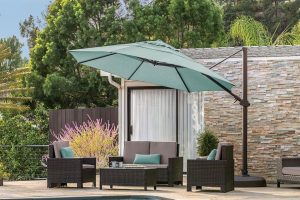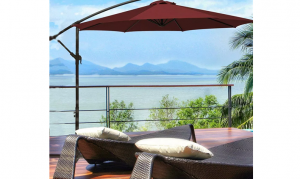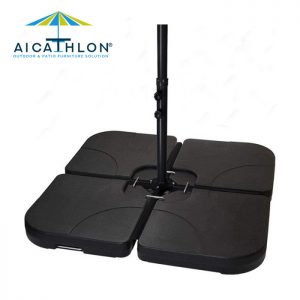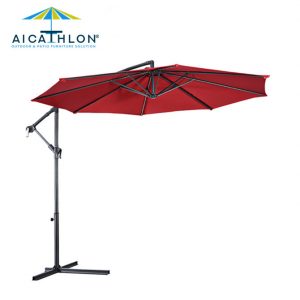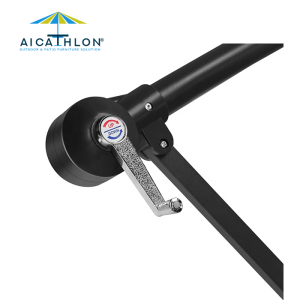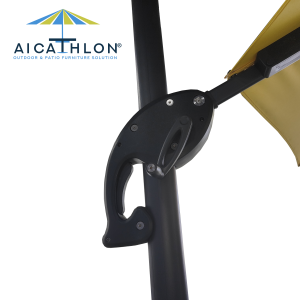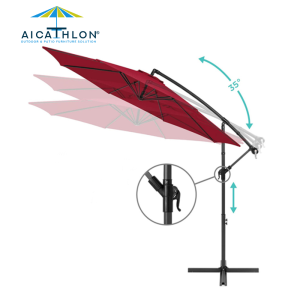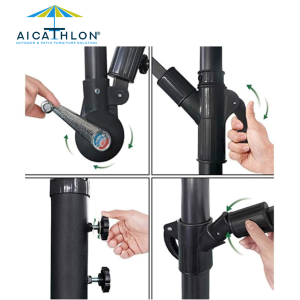More
The Art of Choosing the Right Patio Umbrella: A Comprehensive Guide
The Art of Choosing the Right Patio Umbrella: A Comprehensive Guide
Introduction:
When it comes to creating a comfortable and stylish outdoor space, patio umbrellas play a crucial role. Among the various options available, cantilever umbrellas, also known as offset umbrellas, have gained significant popularity due to their versatility and unique design. In this comprehensive guide, we will delve into the art of choosing the right cantilever umbrella for your outdoor needs. From understanding their features and advantages to selecting the appropriate size and materials, this guide will help you make an informed decision and create a shaded oasis that perfectly suits your style and functionality requirements.
Understanding Cantilever Umbrellas:
Cantilever umbrellas are designed with an offset or side pole, allowing for flexible positioning and shading options. Unlike traditional market umbrellas, the pole of a cantilever umbrella is positioned to the side, enabling the canopy to extend horizontally over the desired area. This feature makes them an excellent choice for shading large patio seating areas, outdoor dining sets, poolside loungers, or even hot tubs.
Size and Coverage:
One of the critical factors to consider when choosing a cantilever umbrella is the size of the canopy and its coverage. Cantilever umbrellas are available in various sizes, typically ranging from eight to thirteen feet in diameter. Consider the size of your outdoor space and the specific areas you want to shade. A larger canopy will provide more shade coverage, but it’s essential to ensure it doesn’t overpower the available space.
Base and Stability:
Cantilever umbrellas rely on a sturdy base for stability, as the pole is positioned to the side. The base should be heavy enough to support the weight of the umbrella and counterbalance the extended canopy. Consider the material and construction of the base, ensuring it is durable, rust-resistant, and capable of withstanding outdoor conditions. Some cantilever umbrellas come with a cross-shaped base or options for adding weights to enhance stability.
Adjustable Features:
Flexibility is a key advantage of cantilever umbrellas, and adjustable features add to their functionality. Look for umbrellas with adjustable tilt mechanisms, allowing you to position the canopy at various angles to block the sun’s rays throughout the day. Additionally, consider umbrellas with a 360-degree rotation capability, enabling you to easily adjust the direction of the shade as the sun moves across the sky.
Canopy Materials:
The canopy material is a vital aspect to consider when selecting a cantilever umbrella. Opt for high-quality fabrics that are resistant to fading, UV rays, and mildew. Popular choices include Sunbrella® fabric, which offers excellent durability and fade resistance, as well as polyester and Olefin fabrics. These materials are known for their longevity, easy maintenance, and weather-resistant properties.
Operational Mechanisms:
Cantilever umbrellas feature various mechanisms for opening, closing, and adjusting the canopy. Some models use a crank system that allows for easy and smooth operation. Others may have a push-button mechanism or a combination of pulleys and ropes. Consider the ease of use and convenience of the operational mechanisms, ensuring they align with your preferences and requirements.
Aesthetics and Design:
Cantilever umbrellas come in a wide range of designs, colors, and finishes to complement your outdoor décor. Consider the overall style of your outdoor space and choose an umbrella that harmonizes with the existing furniture and aesthetics. From sleek and modern designs to classic and elegant options, there’s a cantilever umbrella to suit every taste.
Conclusion:
Selecting the right cantilever umbrella requires careful consideration of various factors, including size, coverage, stability, adjustability, canopy materials, operational mechanisms, and aesthetics. By understanding these


